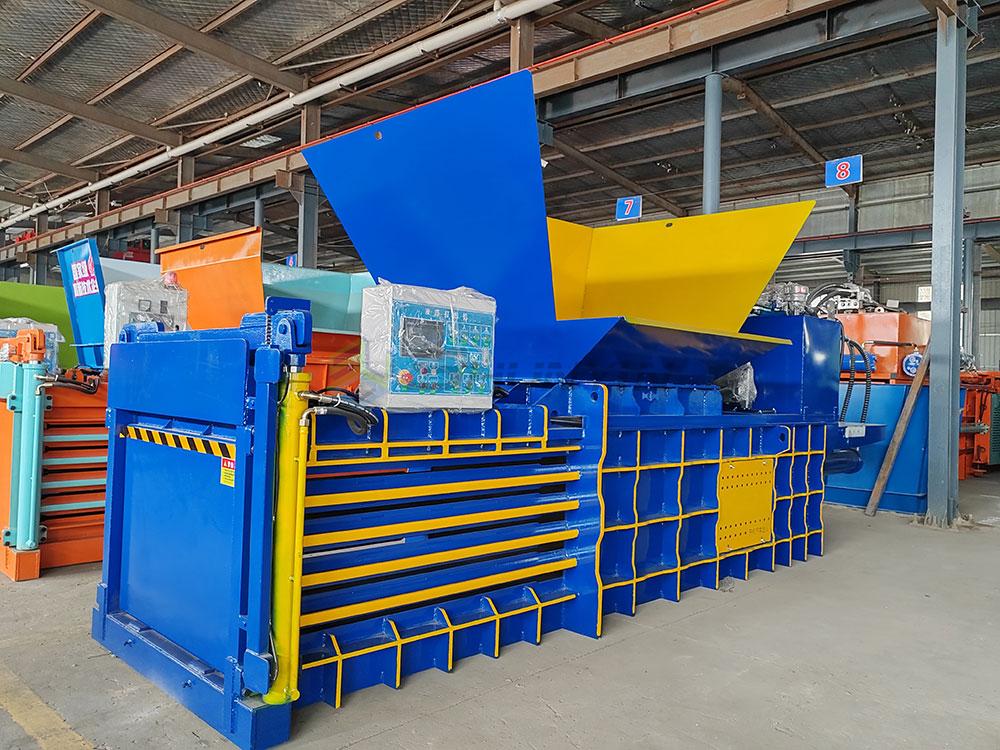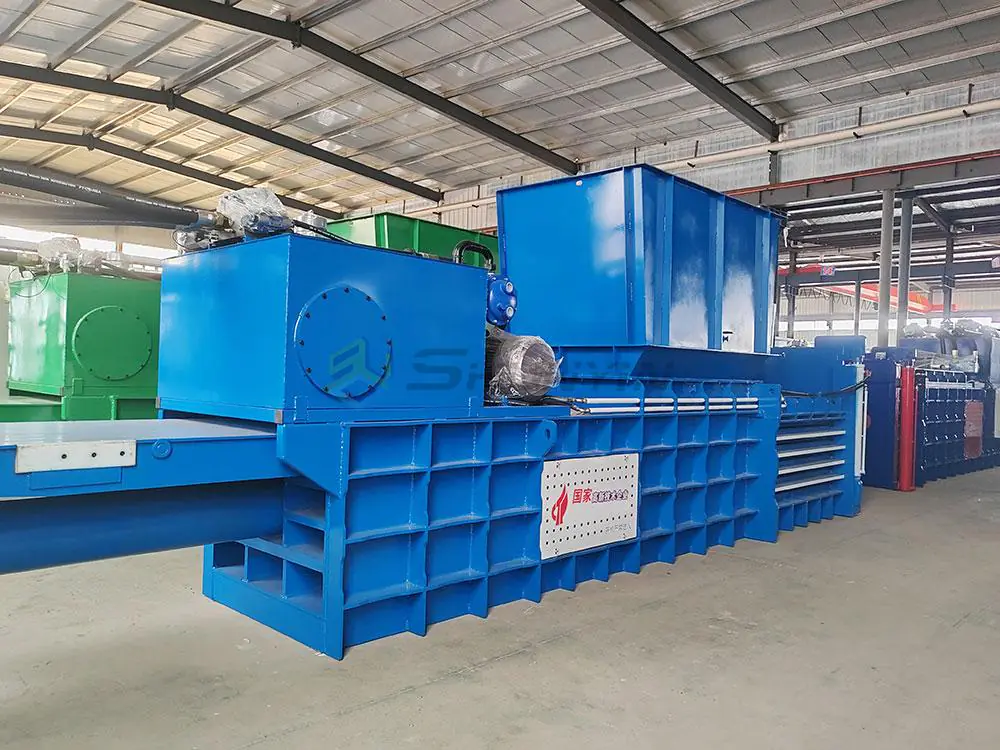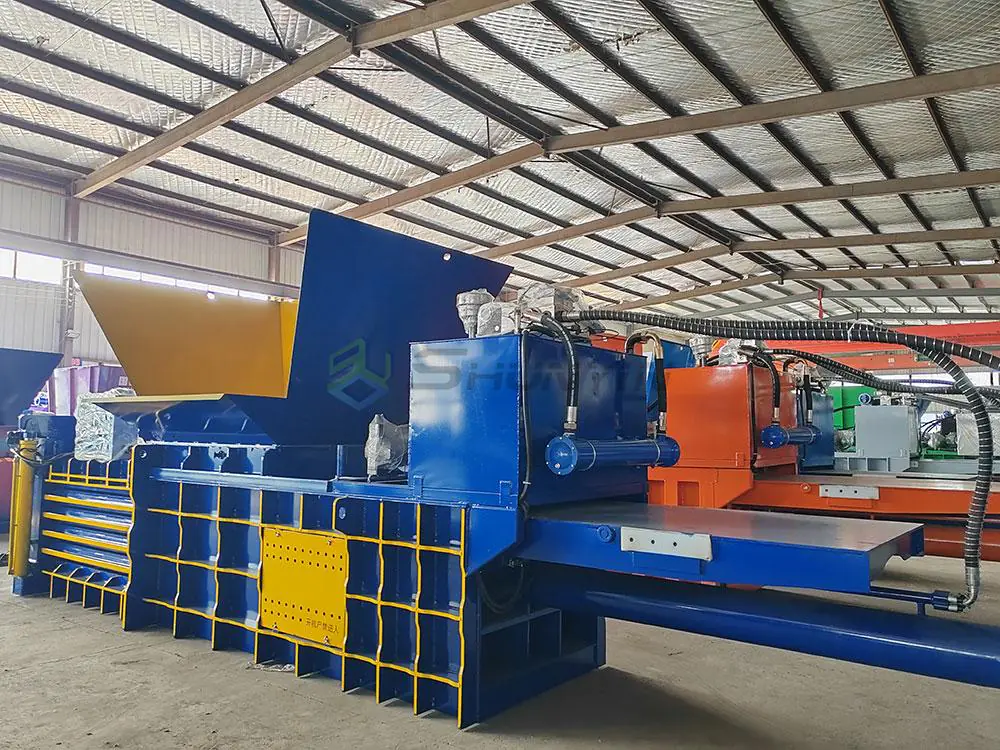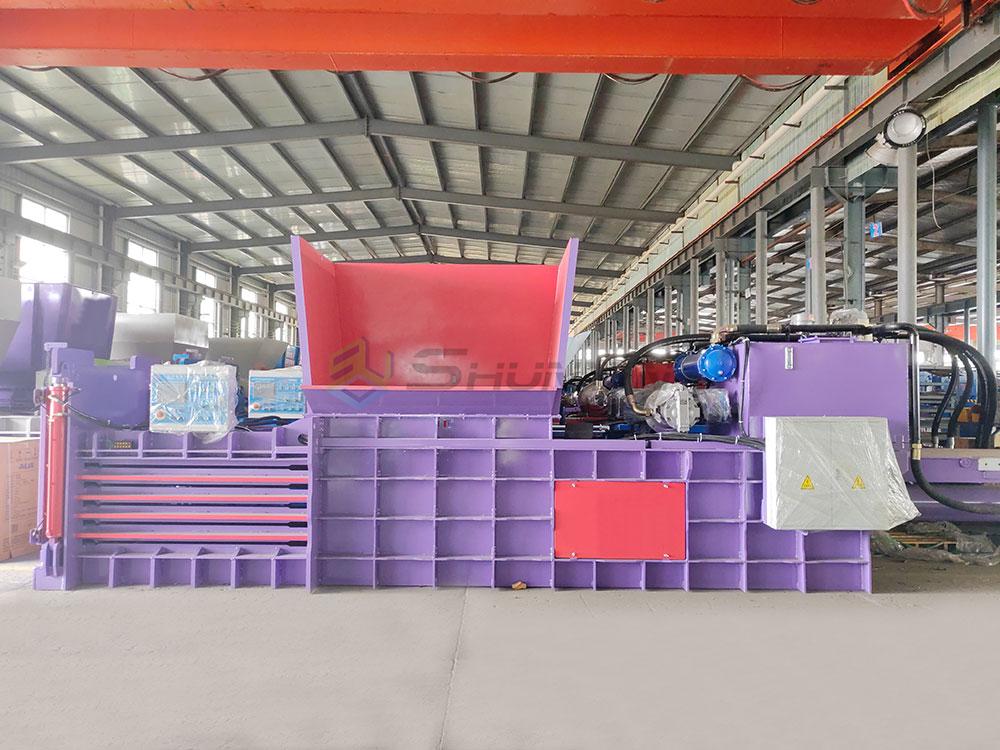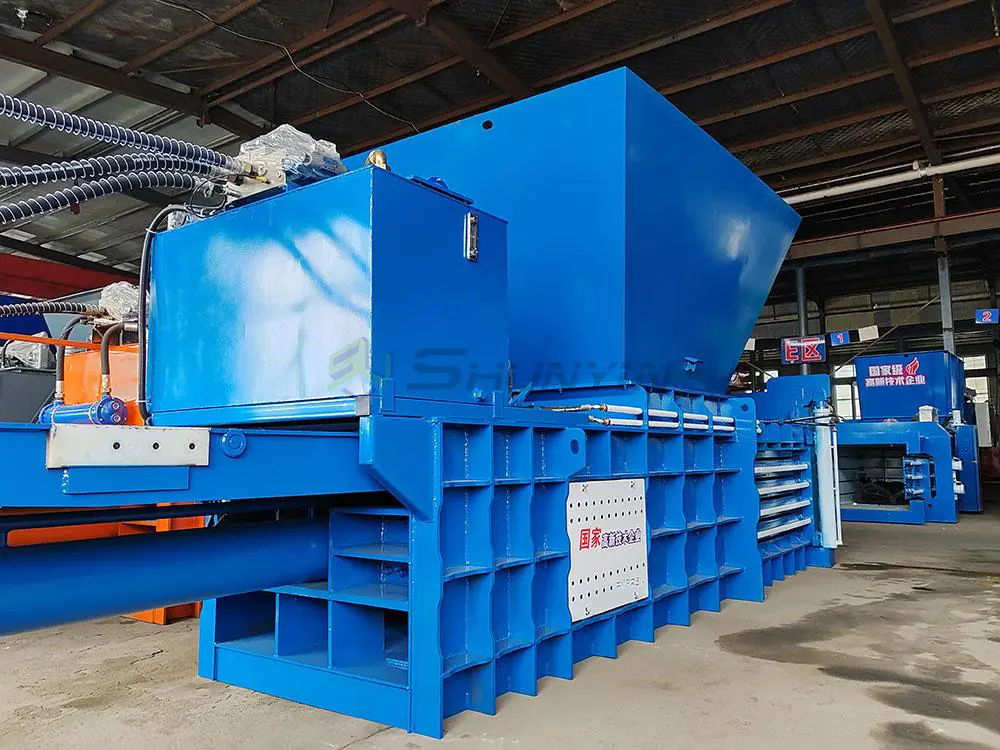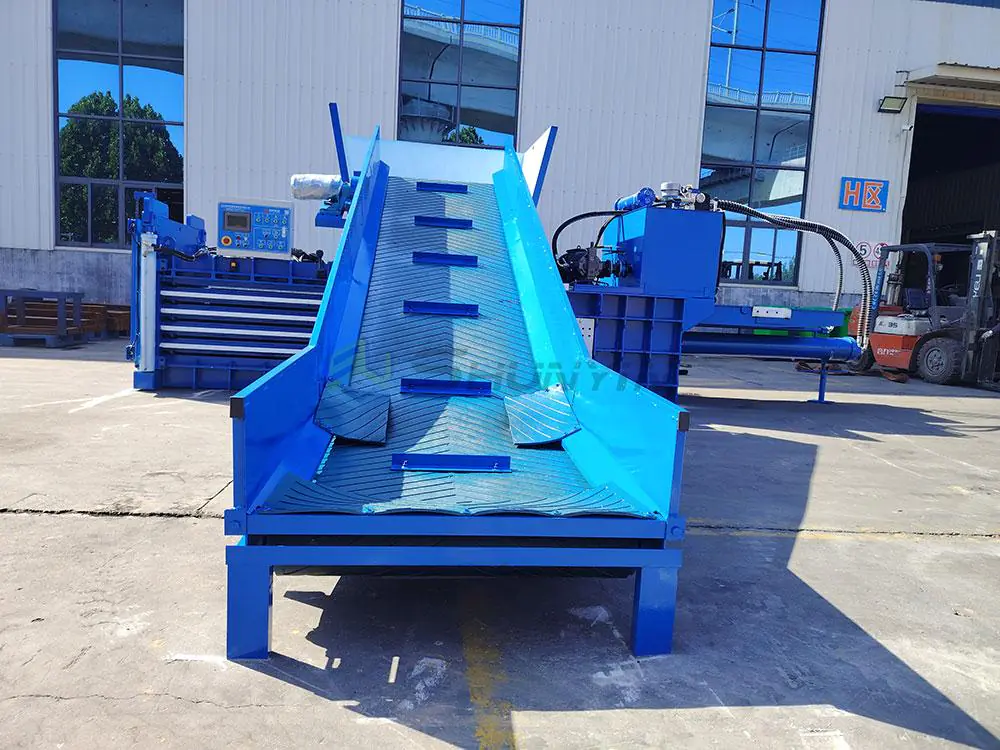Wasting space with inefficient baling? Damaged materials costing you profits? I’ve seen countless businesses choose incorrectly and suffer. Let’s uncover which baler truly fits your operation.
Horizontal and vertical balers fundamentally differ in material flow direction. Horizontal balers feed materials sideways into compaction chambers, creating larger bales for bulk recycling, while vertical balers compress materials downward, saving floor space but limiting bale size to 1-2 tons capacity.
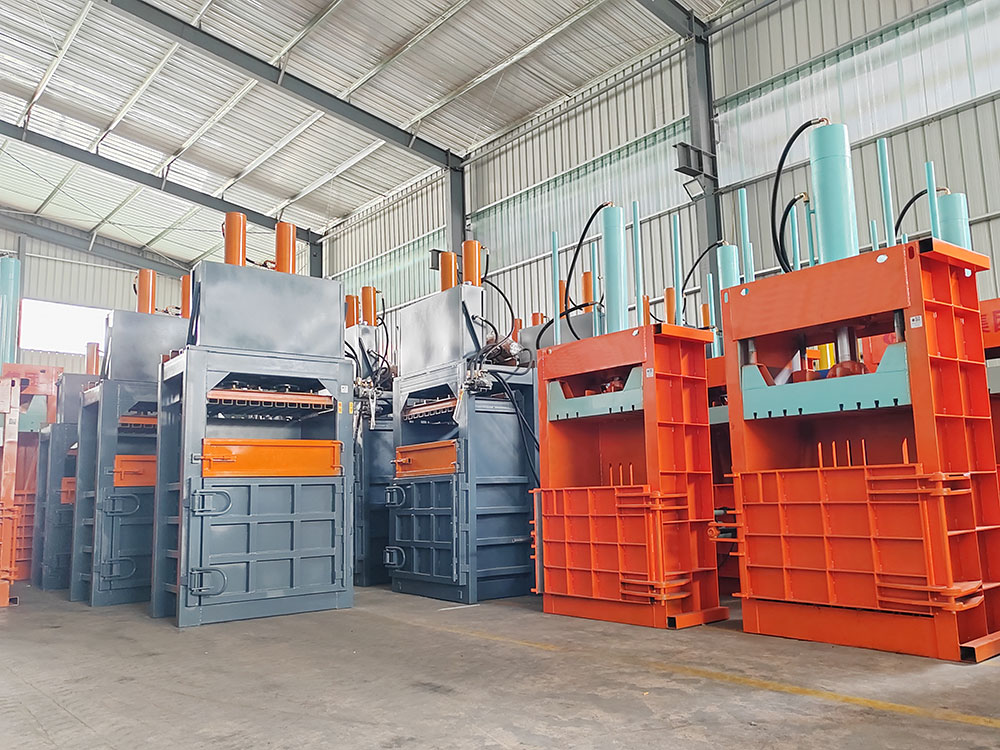
Choosing between baler types impacts your operational efficiency daily. Let’s explore key distinctions your business requires for maximum profitability, starting with core design differences:
What is the key difference between vertical and horizontal balers?
Space constraints choking your warehouse? Vertical balers might seem attractive, but hidden costs await. I helped Canadian recycler avoid this costly mistake.
Vertical balers occupy less floor space with 10-15 sqm footprints but need manual feeding and produce smaller bales. Horizontal balers require 30-50 sqm yet automate entire waste streams, creating bales up to 1 ton for higher resale value – ideal for high-volume recycling operations.
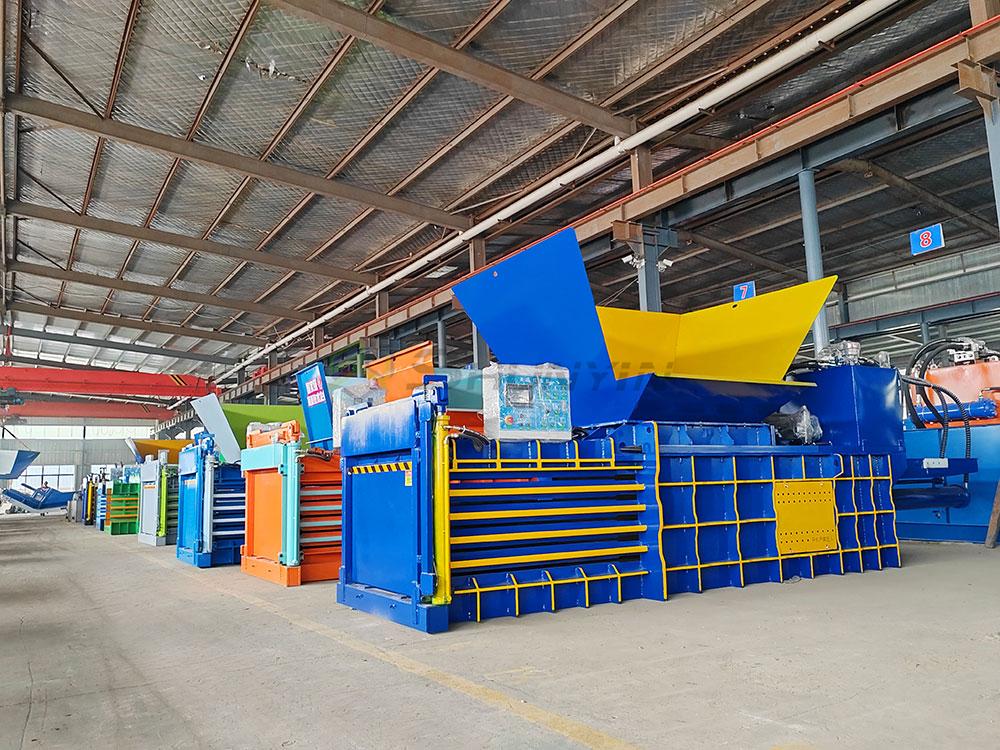
Why loading mechanism impacts your labor costs1
Vertical balers force operators to drop materials from above. Daily, workers face:
- Safety hazards when compressing awkward loads
- Constant bending while feeding materials
- Inconsistent bale density2 without uniform stacking
Horizontal systems solve this through:
- Conveyor-fed automation reducing labor by 40%
- Side-loading chambers with hydraulic pre-compression
- Homogenous bale density2 for premium recycling rates
Check this cost comparison table from our client projects:
| Cost Factor | Vertical Baler | Horizontal Baler |
|---|---|---|
| Labor hours/day | 3-4 hours | <1 hour |
| Bale revenue/ton | $35-$45 | $50-$65 |
| Maintenance/year | $2,000 | $1,200 |
During factory visits, I do an exercise: "Which takes more time – climbing a ladder to feed cardboard or pushing a button?" 80% choose wrong initially. Consider your annual labor budget before deciding.
What are the primary baler types for industrial use?
Not all recyclables behave similarly. Plastic film jams vertical chambers, while automotive foam demands huge compression force. Your material type is crucial for baler selection.
Industrial balers specialize in material processing: vertical balers work for light cardboard/plastic in retail; horizontal cylinder balers crush rigid plastics; double-ram horizontals deliver 100-ton force for dense textiles/metal scrap channel processing efficiency determines ROI.
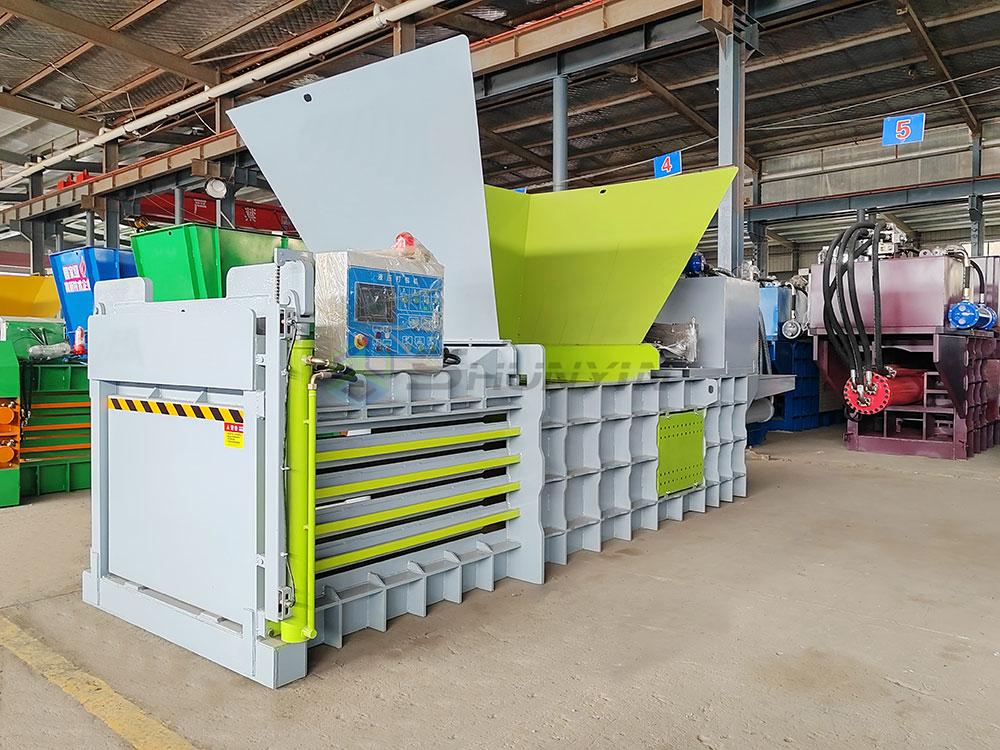
Matching baler mechanisms to your waste stream
Four hydraulic designs dominate waste processing. Each has operational sweet spots:
Two-ram horizontal balers3
- Twin hydraulic cylinders create ultra-dense bales
- Ideal for: cardboard recycling plants, large retail distribution hubs
- Avoid for: small batches requiring frequent model change
Vertical downstroke balers
- Gravity-fed compression from top chamber
- Fit for: supermarkets producing <200kg daily bales
- Struggle with: wet materials that clog ejection gates
Single-ram horizontal balers3
- Front-loading with single compression plate
- Perfect for: mid-volume plastic scrap processors
- Limitations: requires uniform feeding to prevent jamming
Automatic tied horizontal balers3
- Integrated baling and string-tying systems
- Best for: export operations needing standardized bales
- Drawbacks: higher initial investment
Test your knowledge: "Which automatically ties wire around metal scraps?" Most guess vertical – when actually specialized horizontals do.
How should cardboard recyclers choose their ideal baler?
Cardboard’s compression properties change dramatically with humidity and quality. Dry OCC needs different processing than pizza boxes. I’ve seen balers choke on 5% moisture difference.
For cardboard recycling, horizontal balers dominate due to higher throughput: automatic 1500kg/hr capacity versus 250kg/hr in vertical models produces consistently dense bales preferred by processing mills requiring minimum 60psi compression rating for optimal repulping efficiency.
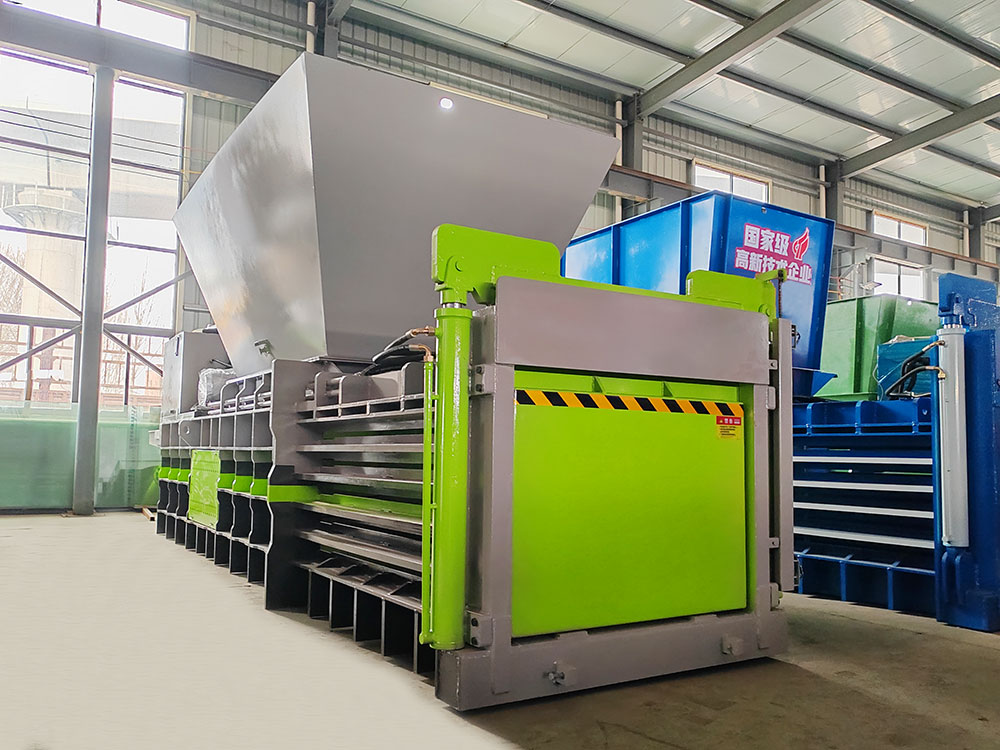
Seven cardboard-specific baler considerations
Beyond simple compression force4, optimized cardboard processing requires:
Bale weight thresholds matter
Mills require >400kg minimum per bale. While verticals can produce 500kg bales, it requires:
- Overfilling beyond manufacturer specs
- Multiple compression cycles
- Frequent hydraulic strain
Moisture management
Vertical balers’ top-loading exposes cardboard to rain/snow. Horizontal systems with covered conveyors maintain <12% moisture – critical for grade pricing benchmarks.
Contamination control
Horizontal balers automatically separate:
- Plastic strapping via magnetic strips
- Metal fragments through drop-out trays
- Food residue with pre-shaking mechanisms
Verticals require manual cleaning after every 3-4 bales – 20% productivity loss.
Daily volume breakpoints
| Under 2 tons | 2-5 tons | 5+ tons | |
|---|---|---|---|
| Recommendation | Vertical | Medium horizontal | Heavy horizontal |
| ROI Horizon | 18-24 months | 12-15 months | 6-9 months |
Last quarter, we recommended switching to horizontal when volume hit 3.2 tons daily. The scrap yard operator doubled throughput while cutting labor in half.
Why do hay baling techniques5 differ from industrial recycling?
Agricultural and industrial compaction operate under different physics. Hay balers use complex knotting techniques, while industrial balers focus on hydraulic pressure optimization for consistent density.
Hay balers create cylinders or cubes using rotating drums, while industrial balers rely on hydraulic compression chambers: agricultural models prioritize weather resistance and field mobility; recycling balers emphasize volume processing and bale uniformity with minimum 50:1 compression ratios.
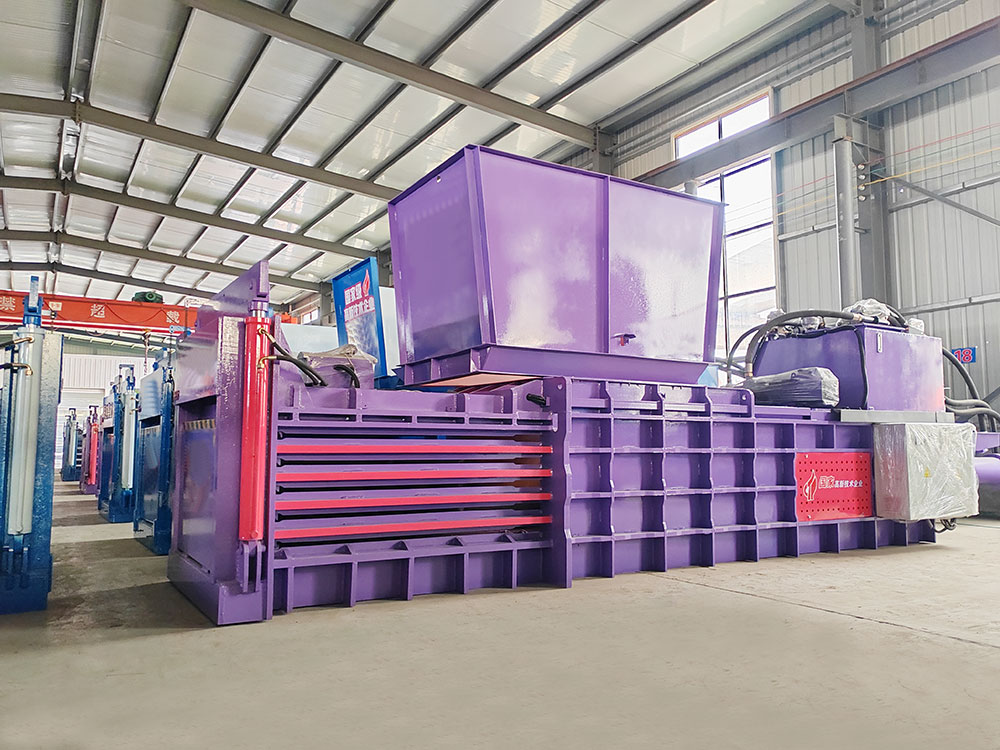
Key mechanical distinctions impacting function
Industrial waste balers require fundamentally different DNA:
- Hydraulic vs Mechanical Drive: Our balers use 300bar hydraulic systems6 providing consistent pressure levels impossible with agricultural belts/gears
- Material Density Targets: Hay bales achieve 160kg/m³ maximum – industrial cardboard demands >700kg/m³
- Contamination Sensitivity: Unlike agricultural field balers, recycling models incorporate:
- Material screening decks
- Air separation systems
- Metal detectors
Farm clients sometimes misunderstand when requesting hay-style balers. We always clarify: "Do you need mobile field operation or stationary waste management?" The core functions differ entirely.
Conclusion
Choose vertical balers7 when space is tight and volume low; horizontal balers3 consistently outperform for industrial recycling. Curious which fits your workflow? Message me at
-
Understanding labor costs can help you choose a baler that maximizes efficiency and reduces expenses. ↩
-
Understanding bale density can help you optimize your recycling processes and improve profitability. ↩ ↩
-
Find out why horizontal balers are often preferred for high-volume recycling operations. ↩ ↩ ↩ ↩
-
Learn how compression force impacts the efficiency and effectiveness of your baling operations. ↩
-
Understanding these differences can help you choose the right baling method for your needs. ↩
-
Learn how hydraulic systems improve the performance and reliability of balers. ↩
-
Discover the pros and cons of vertical balers to make an informed decision for your business. ↩


